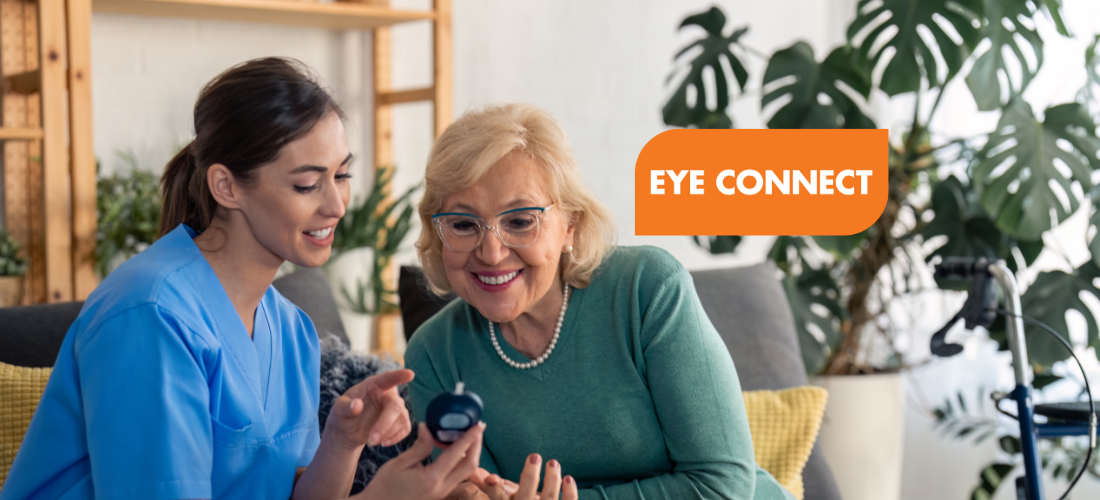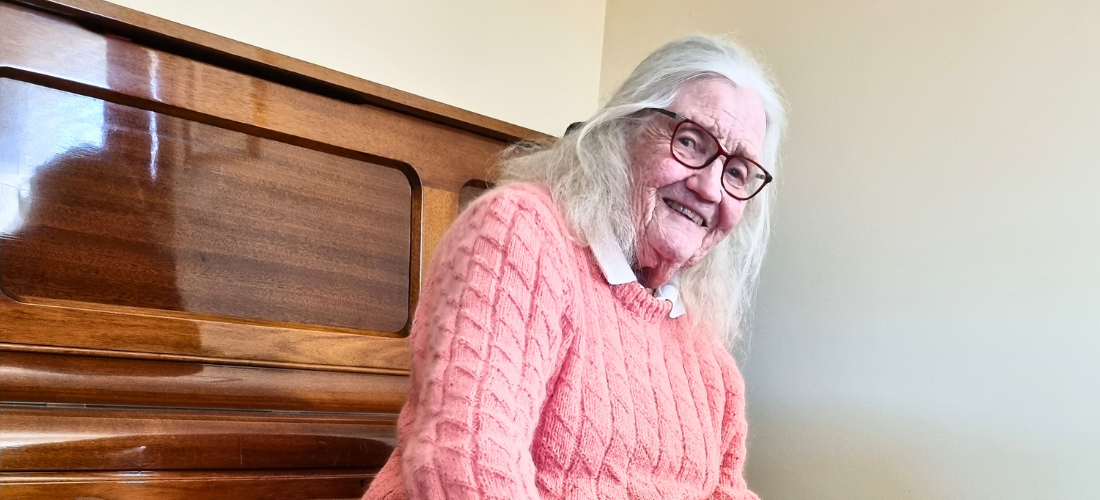Can we create a macular structure in a dish?
One of the things that’s hampered researchers studying macular disease is the lack of animal models that faithfully replicate the human retina.
Dr Anai Gonzalez Cordero hoping to change that, by creating an organoid – essentially a mini organ in a dish – with a macular structure.
“A macula-containing organoid would be the perfect laboratory model for macular degeneration,” Dr Gonzalez Cordero said.
And Dr Gonzalez Cordero hopes the project, being funded by Macular Disease Foundation Australia’s Grant Family Fund, will eventually help to develop cell replacement therapies to reduce sight loss for people with macular degeneration.
The problem to solve
The loss of light-sensing photoreceptors cells in the eye is the leading cause of blindness.
There are two kinds of photoreceptors in the human retina – rods and cones.
Rods are responsible for vision at low light levels. But the loss of cone photoreceptors is particularly important for age-related macular degeneration (AMD) and other degenerative macular diseases. These are responsible for central vision in the macula of the human eye.
The loss of cones, responsible for high-acuity and colour vision, in conditions like AMD is particularly devastating.
“The lack of animal models that faithfully replicate the human retina has hindered the study of these degenerations and the development of new therapies,” Dr Gonzalez Cordero said.
She said to overcome this problem, laboratory researchers use patients’ own blood cells or skin cells to create stem cells, which can form ‘mini-organs’ containing photoreceptor cells in the dish.
“These organoids can be used as model of blindness diseases and for testing the efficacy of potential therapies.”
But Dr Gonzalez Cordero said, at the moment, these organoids don’t form a macular structure.
“This study aims to address this problem and create a macula-containing organoid that will then be used as perfect models for macular degeneration,” she said.
“Importantly, the macular tissue can be used as a source of cells for replacement therapies to help reduce sight loss of millions of people.
“Cell replacement therapies of healthy photoreceptors into the diseased eye provide a promising treatment option.”
About the Grant Family Fund
Dr Gonzalez Cordero’s project, called ‘Creating a macula in retinal organoids’, has received a grant of just over $46,000 under the new Grant Family Fund.
The Fund was established to provide opportunities for early-career researchers embarking on ‘blue sky’ projects with the potential to shift our thinking on macular disease.
The Grant Family Fund was established as a result of a generous bequest from the late Faye Grant. It honours the lives of Faye and her late father Ronald Grant, who lived with AMD.
Posted: 19 May 2021
Cell replacement therapies of healthy photoreceptors into the diseased eye provide a promising treatment option.
Dr Anai Gonzalez Cordero
You might be interested in…
MDFA awards $1 million to eight exciting research projects
MDFA has awarded more than $1 million in research funding to eight promising projects, in the search for a cure for macular diseases.
















